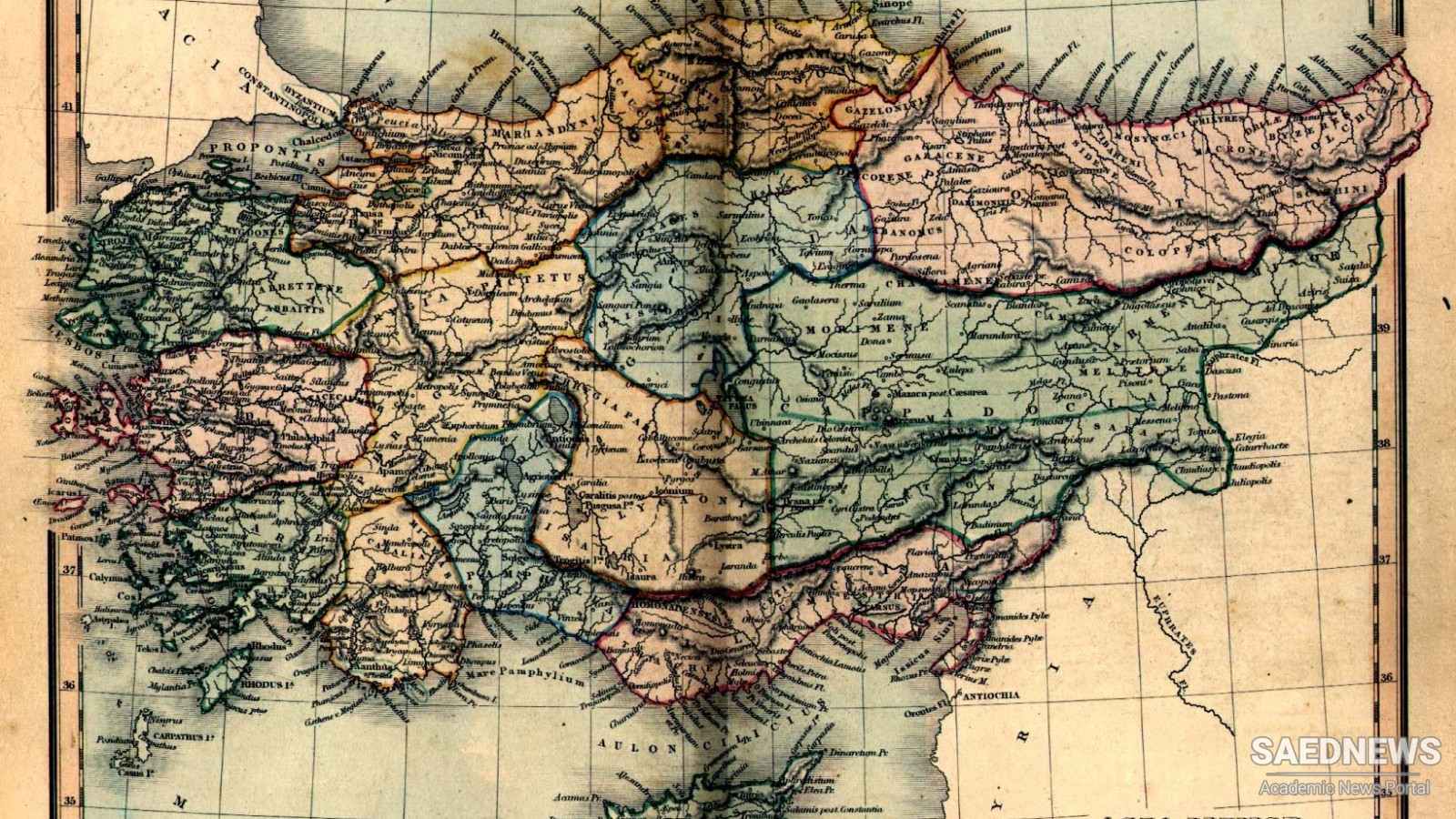While Islam has essentially been an urban religion, in both its genesis and its later evolution, there have been two other types of Middle Eastern communities as well: relatively small and often isolated villages; and tribes of nomads, many of whom were called bedouins (literally, “desert dwellers”). Both developed as a result of the “Neolithic Revolution,” which began around 6000 B.C. and involved the development of agriculture and the domestication of new types of animals. The proportion of villages and nomadic tribes appears to have oscillated depending on political currents and the rise and fall of local dynasties. On the whole, strong central authority, and the concomitant security of the subject population from banditry and lawlessness, favored urbanization and the growth of cities. Political authority and urbanization assumed a mutually reinforcing relationship. With the decline of central authority and increasing levels of physical and economic insecurity, some of the less firmly settled urban groups or those in smaller towns and villages found it beneficial to migrate. The reliance of many of these groups on camels and horses, and thus the search for pastures and oases, made migration for many nomads a seasonal or a semipermanent necessity. Dynastic declines did not directly give rise to nomadic and other tribal groups. But they certainly appear to have added to their numbers. Throughout the centuries, the center of political and imperial power shifted from one city and region to another several times—from Medina to Damascus, then to Baghdad, and eventually to Istanbul, with Cairo, Cordoba, and Esfahan experiencing their own power fluctuations. Each time the center of political power shifted, the fortunes of the populations in the nearby areas changed as well (Source: Political History of Middle East).


 Middle East and Evolution of Islamic Religion
Middle East and Evolution of Islamic Religion














































